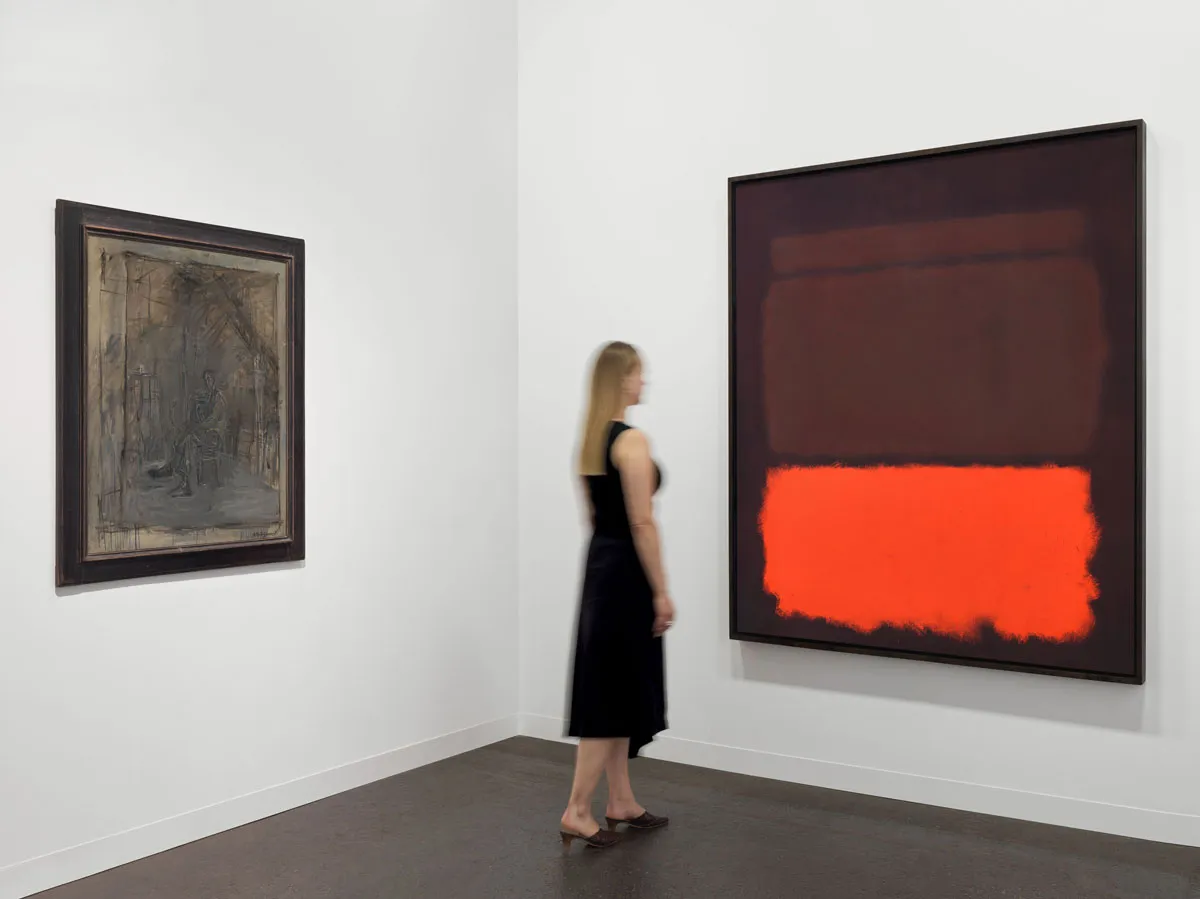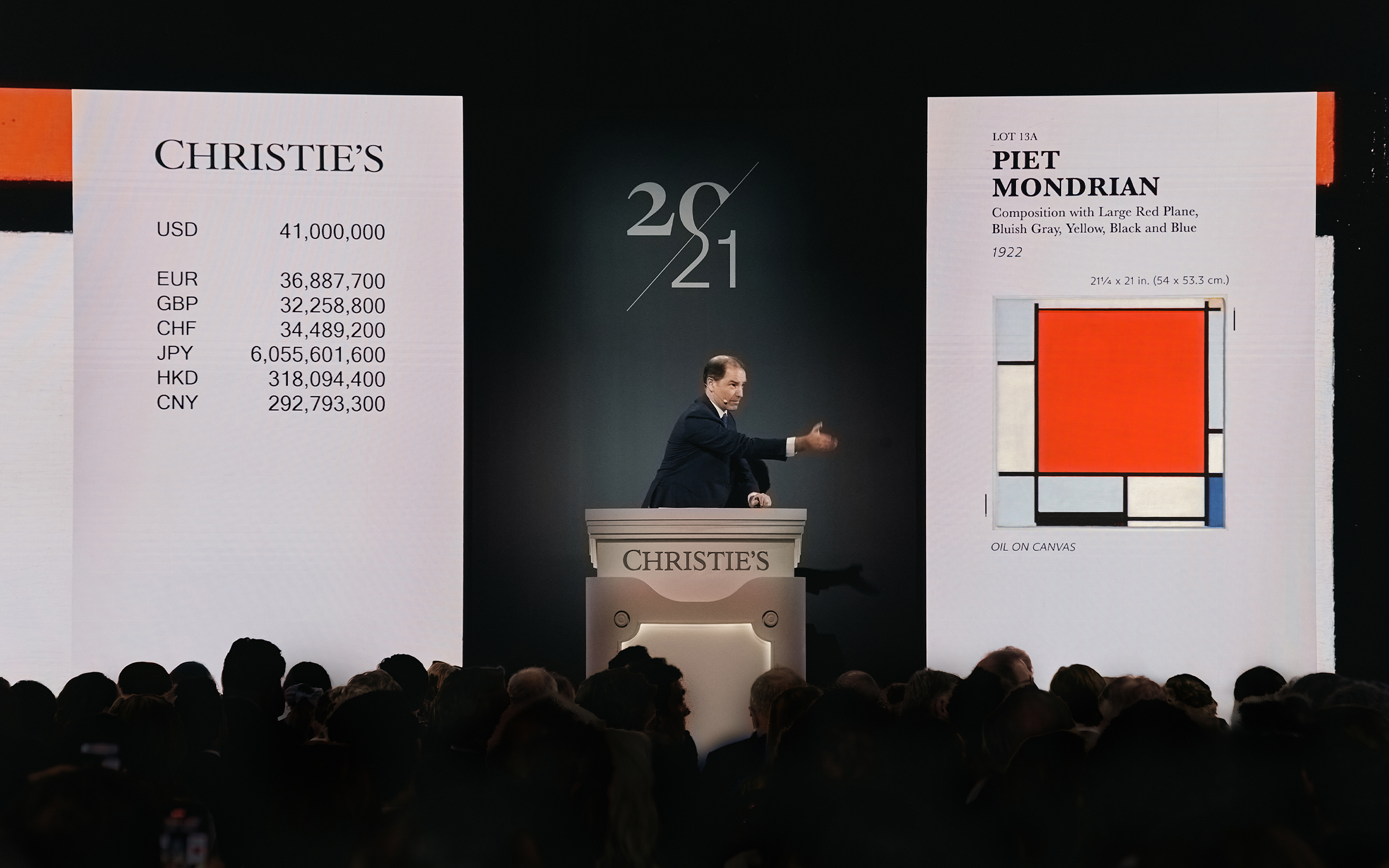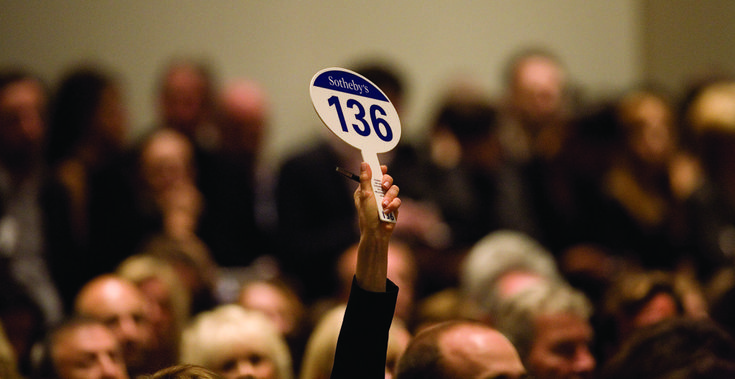10 things you need to know to buy art

Painting, sculpture, photography - acquiring a work of art can be as exciting as it is complex. This article presents 10 essential tips to help you buy art with peace of mind, whether for fun, investment, or to build your first collection.
1. Set your goals before buying art
Before you even start buying a piece of art, it is essential to take the time to define what you want to get out of it. Buying art is a matter of taste and/or decoration, but can also be an investment or a personal collection objective. Therefore, in order to achieve your goals, it is important to know and clarify your intentions. There are two main motivations when it comes to buying art:
- Passion for art. In this case, buyers invest out of personal enjoyment and emotional connection to the work. Buying to collect conveys a sensitivity to style, era, artist, or message. The focus is therefore on ownership rather than financial return.
- The investment. In this case, buyers see art as an investment that can provide future value that is greater than the value initially acquired. They are therefore motivated by the hope of earning a sum of money through the realization of an increase in value on resale.
These two options are not mutually exclusive. It is possible to love art and to make an investment, and vice versa, to make an investment by appreciating the quality of the work. However, the purchase of art in an investment logic requires a more thorough analysis in order to minimize its financial risks.
2. Learn about the artist and their market value
Before you start, it is important to assess the value of an artwork. To do this, two components must be observed: The artist and The artist market value. Indeed, knowing the artist's career, his career, his past exhibitions, the galleries where he exhibits, or his sales history will greatly help to understand the value and stability of your purchase.
Consult auction databases and archives
Platforms specializing in art sales, (such as Artprice, Artnet, Artsy, Auction or Drouot), provide essential information about artists, their works sold, and their auction prices.
Analyze the artist's career
Exhibitions, participation in fairs, awards, residencies... The more the artist you have identified is in the spotlight, the more likely his market value is to climb. So analyze his career, his upcoming events and his visibility in the artistic landscape.
Check out articles and art reviews
Read the specialized press and the reviews, they are professionals! Find out about magazines or sites like ArtReview, ArtForum, The Journal of the Arts or Beaux Arts Magazine.
Examine the artist's presence in collections and museums
The presence of an artist in collections gives an idea of his legitimacy. The works acquired by public institutions (Centre Pompidou, MoMA, Tate...) or by private collections (Pinault, Arnault...) say a lot about the reputation of the artist.
Use the artist's online visibility
In the case of living artists, some use social networks to share their work and exchange with their audience. Instagram is particularly used in this environment. So do not hesitate to follow the evolution of their works, their inspirations and the possible collaborations or exhibitions in progress.
Verify the authenticity of the works and get certificates
Ensure the provenance of the works, and always ask for a certificate of authenticity. This document, often provided by the artist or his estate, the gallery or the expert, attests to the authenticity of the work.
3. Understand the contemporary art market
At first glance, the art market may seem complex and difficult to access for the uninitiated. Understanding this market is therefore essential before buying a work. In addition to the rarity of the work or its price, a simple rule remains: an established artist often has a more stable market value than an emerging artist. Let's now explore what type of market to buy an artwork on.
Primary and secondary markets
To buy a work of art, two types of market exist:
- The primary market, which concerns direct sales from the artist or gallery, with prices fixed with the artist himself. Often composed of recent creations, it has fixed prices and therefore offers more stability. However, without a history of transactions on the works, it is more difficult to establish a price that reflects the reality of the market.
- The secondary market, which concerns auctions or resales. Price fluctuations are more significant and are influenced by the actions of collectors and investors.
Ancient art, modern art or contemporary art?
Once the market has been identified, what type of art should one invest in? When talking about investing in art, it is possible to categorize works into three main types: ancient art, modern art, and contemporary art. To find out more, Matis wrote a A complete guide to investing in art.
At Matis, our investment strategy is based on a selection of works by 20th century artists who have marked the history of art. This strategy is based on three fundamental pillars:
- A specialization in modern and contemporary art. We focus on post-war art and contemporary art. Why? Because this market represented nearly 55% of the total value of public auctions in 2024. It is the most liquid market segment and suitable for investing in the art market.
- Works valued at over $500,000. Within the contemporary art market, market value is focused on”Blue Chip”, with a valuation greater than $500,000. These works represent more than 60% of the total value of auctions, for only 1% of the works exchanged.
- A selection of works created by established iconic artists. The works”Blue Chip” were created by artists who have profoundly marked the history of art, who are recognized by museum institutions, the world's main galleries, as well as international collectors.
4. Buy from trusted sources
Buying a work of art is neither a trivial act, nor an act that can be improvised. This purchase must always be made from recognized sources in order to avoid the risk of counterfeiting or unpleasant surprises. Here are some secure places to acquire works of art.
1 - Art galleries and auctions
Top market art galleries work directly with artists. This proximity therefore guarantees the traceability of their works. Second-market galleries also work with the artists they represent, or with their estates in the case of deceased artists. They thus have the necessary resources to ensure the authenticity and traceability of the works they present. Galleries can also support buyers by explaining the artist's history and the meaning of the work. They also ensure a certain transparency of prices.
Fairs, such as Art Basel, TEFAF, Frieze etc. bring together galleries from all over the world. They allow you to discover high-quality contemporary works. They are an excellent opportunity to meet gallery owners, exchange with experts and explore new artistic trends.
2 - The auction houses
Some major auction houses, such as Sotheby's or Christie's, have an excellent reputation in terms of works and traceability. They also offer pre-auction estimates to get an idea of the value of the works when they go on sale, even if the final auctions can sometimes greatly exceed the estimated prices.
3 - Online platforms
Online art sales platforms allow access to a wide variety of works and artists, often at more accessible amounts. Some platforms, like Artsy or Singulart, also offer guarantees of provenance, but it is important to check the conditions of sale.
4 - Investment solutions (club deals) like Matis
Club deals refer to the association of several investors who share the cost and ownership of a work of art. Club deals allow multiple investors to jointly acquire high-value artworks while sharing financial risk. Framed by contracts, this type of investment can be a way of diversifying your portfolio and positioning yourself on works by fundamental artists, without committing too large amounts of money.
5 - With the artist directly
Finally, it is possible to buy a work of art directly from the artist, if the artist is not represented by a gallery or a dealer. To do this, it is necessary to establish direct contact with the artist in question, to inquire about his works and prices, to negotiate respectfully, to obtain a certificate of authenticity, to agree on the method of payment, to organize delivery, to ask for maintenance advice, and finally, to keep a written record of the transaction.
5. Verify the authenticity of the work
Once you've targeted the artist and identified the work you want to buy, you need to be sure to authenticate it. This requires a number of vigilance points to keep in mind.
- The certificate of authenticity. This document signed by the artist or his estate, the gallery, or the expert, attests that the work is indeed an original creation. It includes a sum of information such as the title of the work, the materials used, the dimensions, or possibly the serial number. This certificate must be signed, dated, and include the gallery or institution stamp.
- The provenance of the work. Exhibition catalogs or sales certificates can help trace the provenance of a work and document its history over time. The more well-documented the provenance of the work is, the better you reduce the risks of fraud or counterfeiting.
- The expert. An artist expert (for high-value works) can help confirm the authenticity of a work. Some of them focus on studying specific artists and can identify characteristics specific to their style, such as brush techniques, composition, or materials used.
6. Understand the additional costs associated with the purchase of art
When you want to buy an artist's work, additional costs associated with the purchase of art must be anticipated. Here are the main ones:
Commissions and acquisition costs
When you buy a work through a gallery or an auction house, acquisition commissions apply.
- For galleries, a commission between 30% and 50% of the sale price is to be expected.
- For auction houses, a “buyer's premium” must be added, ranging from 10% to 25% of the final amount.
Insurance costs
Artwork insurance should also be considered to protect against the risks of theft, damage, or degradation. Insurance is calculated according to the value of the work, its rarity and the place where it is preserved.
Transport and storage costs
The transport of a work of art requires special precautions to avoid damage. Carriers specializing in this transport generally charge significant costs (packaging, custom boxes and suspension systems). Also, storage costs (air conditioning, security, etc.) may be added.
Conservation and maintenance costs
To prevent them from deteriorating over time, works of art require careful and regular maintenance. Light, humidity, temperature variations... Storage costs may therefore be necessary to preserve them in good conditions.
Resale costs
Finally, if the objective is to resell the work, resale fees may apply. In the case of a sale via an auction house, sales commissions are applied (between 10% and 20% of the sale price). For private sales, it may be necessary to use experts or brokers, whose fees can also be high.
7. Diversify your purchases to minimize risks
As with any healthy and balanced investment, diversification remains key. It is therefore appropriate to vary your investments in different works, artists, artists, periods and media (rather than putting all your eggs in the same basket).
In art, diversification is particularly important: it makes it possible to protect yourself against the vagaries of the market (evolution of the popularity of an artist or a trend). For example, works by emerging contemporary artists may offer high earning potential, but also present greater risks in terms of value. By balancing with works by established artists, you spread the risk, and therefore you reduce it.
8. Think about the conservation, maintenance and insurance of works
Whether to maintain or increase its value over time, every work of art must be kept in good conditions. Maintenance and insurance are essential aspects to protect your purchases against aging, damage and external risks.
Tips for maintaining works of art
Regular maintenance keeps a work in excellent condition and prevents gradual deterioration. It may be useful to clean the works gently following the advice of a professional conservator.
Tips for insurance of works
Insuring a work of art is an essential act to protect yourself from financial losses in the event of theft, fire, or accidental damage. It is advisable to choose insurance specialized in art that offers coverage specific to the needs of collectors. It is possible to request a professional evaluation of the value of the work to ensure that there is sufficient coverage.
9. Follow art market trends
As the art market is constantly evolving, it is essential to stay informed of trends, new artists and different value appreciations in order to make informed decisions and not fall into fashion trends. To stay up to date, all you need to do is follow a few basic tips:
Consult specialized publications
like Beaux Arts Magazine, ConnNAISSANCE DES ARTS, le Journal des Arts.
Visit art fairs and galleries
such as Art Basel, TEFAF, Frieze, Frieze, Art Paris, BRAFA, etc. which bring together works by established or more emerging artists.
Use digital platforms
like Artsy, Artnet, or Artprice that provide real-time data on market trends, auctions, and price fluctuations.
Follow experts on social media
such as Instagram, LinkedIn or Twitter, which are places of exchange between collectors, artists and experts.
Join conferences and webinars
through artistic organizations and galleries, or discussions aimed at educating the public on market dynamics and current issues.
10. Get support from experts
If the art sector seems complex to you, it is possible to let yourself be guided by experts. In the same way that you would trust an advisor to buy a property, it is recommended to be accompanied by a specialized advisor if you want to invest in art. Here are some advantages of using an advisor:
Access to in-depth expertise.
An advisor has a detailed knowledge of artistic trends, influential artists and current public and private value appreciations.
Avoiding mistakes and pitfalls.
An advisor accompanies uninformed buyers and makes it possible to avoid buying works that are overpriced, not (or poorly) authenticated, or of poor quality.
Optimizing investments.
An art advisor ensures the consistent construction of an investment (or a collection) in terms of value, while taking into account your tastes and your budget.
The benefit of privileged access.
An art advisor usually has a network and connections in galleries, auction houses, and other collectors, allowing you to access rare works or participate in private sales.
Long-term support.
An advisor can assist you in monitoring your investments, inform you about market fluctuations and resale opportunities, allowing you to optimize the management of your collection over time.
Conclusion: Buying the right way to invest intelligently in art
To sum up, buying art is far from being a trivial act. This type of investment should not be taken lightly. To help you buy a piece of art in a reasoned way, you can therefore follow our 10 tips and turn buying art into a rewarding and exciting experience.

.png)



.jpg)